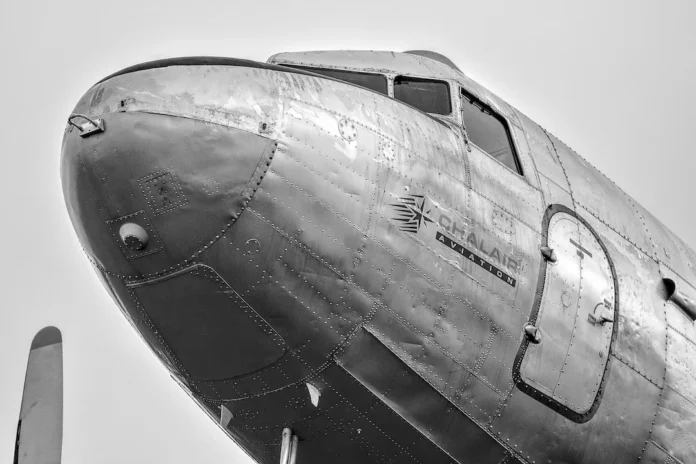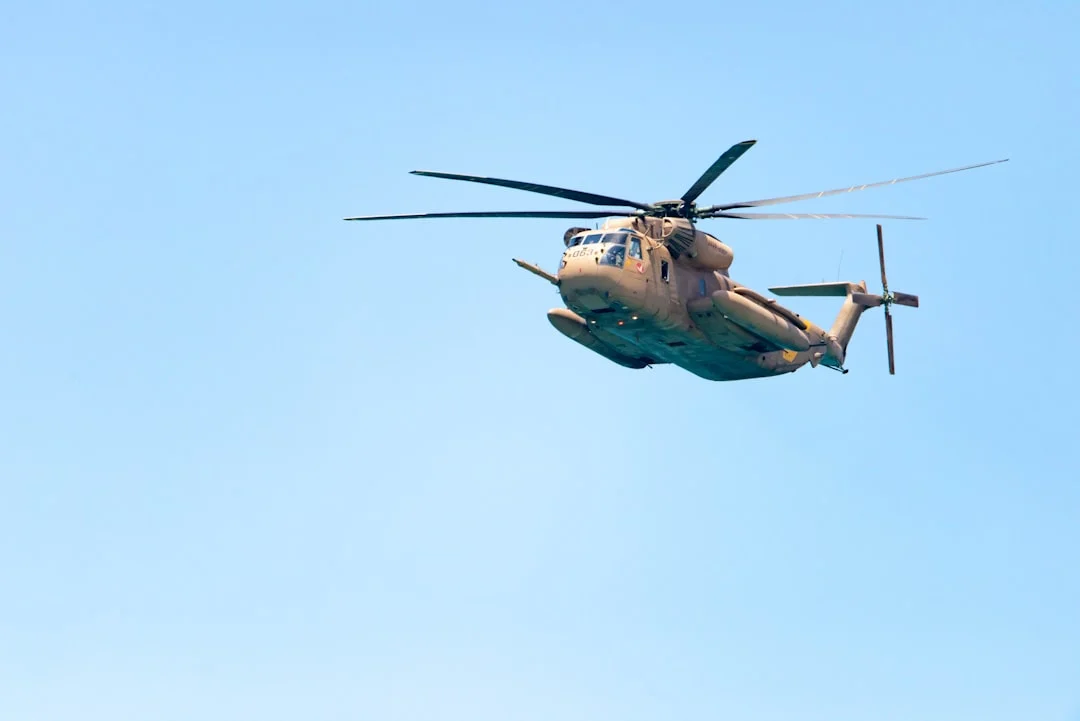The Boeing 777, also known as the Triple Seven, is a popular wide-body jet airliner designed and produced by Boeing Commercial Airplanes. With its exceptional performance and advanced technology, the aircraft has revolutionized air travel. One crucial aspect of the Boeing 777 is its communication/navigation system, commonly referred to as COM/NAV. The COM/NAV system plays a vital role in ensuring safe and efficient flights, allowing pilots to communicate with air traffic control and navigate accurately during all phases of the flight. In this article, we will explore the intricacies of the COM/NAV system on the Boeing 777 and understand its significance in aviation.
Contents
The Communication System on Boeing 777
The communication system on the Boeing 777 is responsible for establishing clear and reliable communication between the pilots and air traffic control (ATC) authorities. It utilizes various technologies and equipment to ensure seamless communication throughout the flight. Let’s take a closer look at the components that make up the communication system:
1. VHF Communication
The Boeing 777 is equipped with VHF (Very High Frequency) communication systems that allow pilots to communicate with ATC, as well as other aircraft in their vicinity. The VHF radios operate within a frequency range of 118 MHz to 136 MHz, ensuring efficient communication over short to medium distances. The aircraft typically has multiple VHF radios installed, providing redundancy and ensuring reliable communication in case of equipment failure.
2. HF Communication
In addition to VHF communication, the Boeing 777 is equipped with HF (High Frequency) communication systems. HF radios operate on a frequency range from 2 MHz to 30 MHz, allowing pilots to communicate over long distances, including remote areas or over large bodies of water where VHF signals may not reach. The HF communication capability ensures continuous contact with ATC and provides an additional layer of communication redundancy.
3. Satcom Communication
Another crucial aspect of the communication system on the Boeing 777 is the Satcom (Satellite Communication) system. Satcom provides pilots with the capability to stay connected with ground stations and communicate via satellite links. It allows for direct voice communication, data transmission, and even internet connectivity, enabling pilots to receive important real-time information during flight. Satcom is particularly valuable when flying over areas without VHF or HF coverage, such as polar regions or remote trans-oceanic routes.
The navigation system on the Boeing 777 ensures accurate positioning, route guidance, and navigation information for the flight crew. It employs various technologies and instruments to provide reliable navigation capabilities. Let’s delve into the components that constitute the navigation system:
The Inertial Navigation System (INS) is a key component of the navigation system on the Boeing 777. It utilizes a combination of accelerometers and gyroscopes to determine the aircraft’s position, heading, and velocity. The INS continuously calculates the aircraft’s position based on initial reference data and subsequent inputs from sensors. It provides highly accurate navigation information, even in situations where other navigation aids may be unavailable or unreliable.
2. Global Positioning System (GPS)
The Boeing 777 also incorporates the Global Positioning System (GPS) as a primary navigation aid. GPS relies on a constellation of satellites to provide precise positioning, velocity, and timing information. By receiving signals from multiple satellites, the aircraft’s GPS receiver can accurately determine its location and track its movement across international airspace. The integration of GPS enhances the overall navigation capabilities of the aircraft, enabling more precise navigation, especially during approaches and landings.
To present navigation information to the flight crew, the Boeing 777 is equipped with advanced Navigation Displays (ND). The NDs provide pilots with a visual representation of the aircraft’s position, flight path, and surrounding airspace. They display a range of information, including maps, waypoints, flight plan routes, weather data, and traffic information. The NDs work in conjunction with other navigation systems, such as the INS and GPS, to ensure accurate and comprehensive situational awareness for the flight crew.
Conclusion
The COM/NAV system on the Boeing 777 is an essential component that enables safe and efficient flight operations. The communication system ensures pilots can effectively communicate with air traffic control authorities and other aircraft, regardless of the distance or location. The navigation system, on the other hand, provides accurate positioning and guidance information to ensure the aircraft follows the designated flight path.
With its VHF, HF, and Satcom communication capabilities, the Boeing 777 remains in constant contact with ground stations and other aircraft. The integration of INS and GPS navigation systems, complemented by advanced Navigation Displays, equips the flight crew with accurate and comprehensive navigational information throughout all phases of the flight.
The communication/navigation system on the Boeing 777 represents the culmination of decades of innovation and technological advancement in aviation. It exemplifies Boeing’s commitment to ensuring the safety, efficiency, and reliability of their aircraft. As technology continues to advance, we can expect further enhancements in communication and navigation systems, contributing to the continued evolution of the air travel industry.
For More: What is LSDA on Boeing 777? (Low Speed Digital To Analog)




